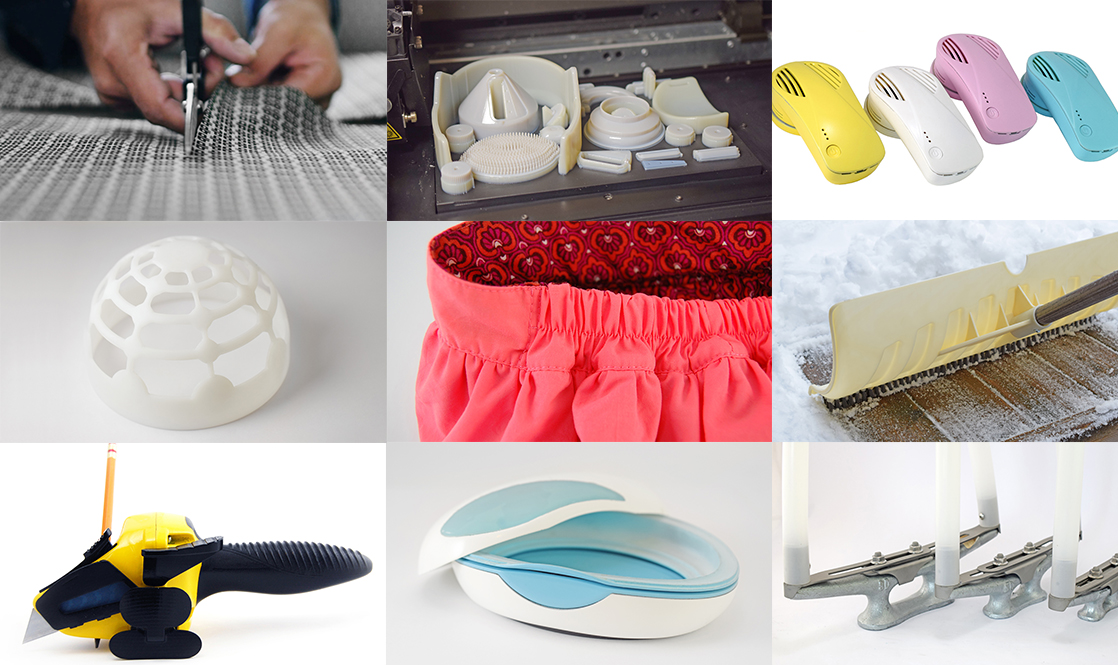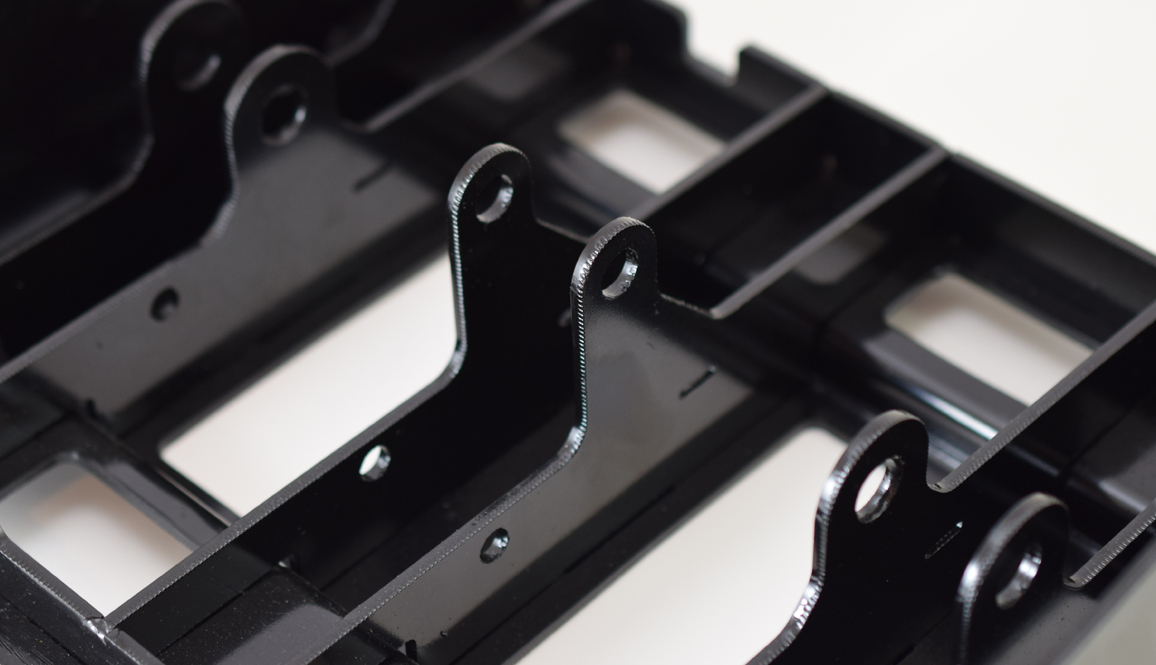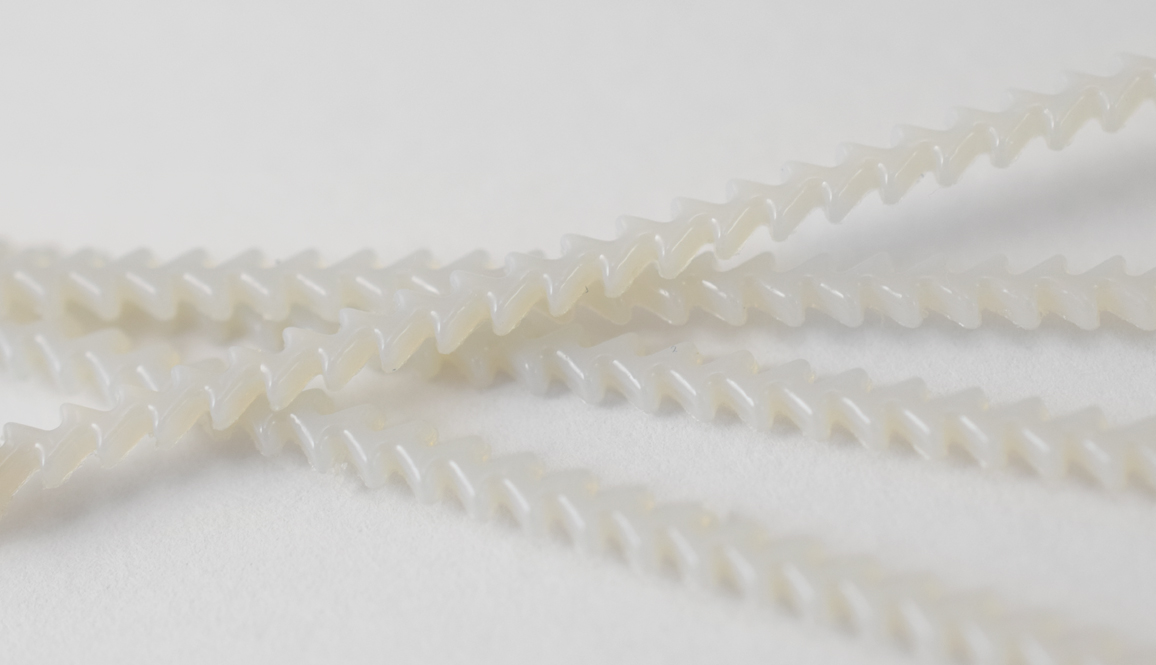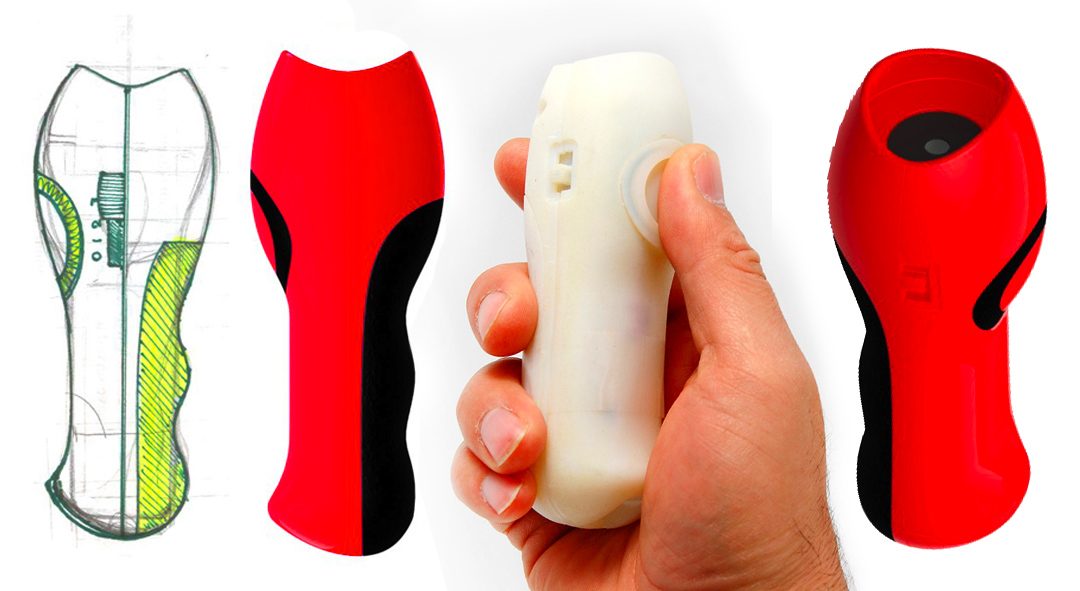How to build your own prototype.
If you are in the middle of the design process or thinking of developing an idea you will eventually need to build a prototype. Prototypes are made for several reasons:
- For ergonomics: to see if it fits well in your hand, on your body or in a space.
- To measure the accuracy of sizing.
- For testing.
- For a survey, or to get data or feedback from people.
- To pitch to a company or a person.
- To help define colors, textures and materials.
- To see if it really works.
How strong, how well finished and how much does it really function really depends on your design idea. The size is crucial here. How small or how large is your product idea and the materials it will be made of once it’s in production. So let’s figure it out:

Prototype Size vs Material
There are prototypes that are handmade and in a very rudimentary way. In fact almost all prototypes start their life in materials that are easy to find and easy for us to process in order to create the initial structure of form. These initial prototypes can be made by the inventor. Whether you are crafty or not try to find your way with cardboard, scissors, glue, hot glue or crazy glue. Whatever works to put something together that can help you understand the form in the most elementary way. If you can work with harder materials try balsa wood. You can cut this wood with a knife or tools from home. If you are good with materials try plastics such as styrene sheet and bonding glue. These initial forms help you get a sense of the overall shape. This helps us realize many issues that can be corrected before we get into more serious prototyping methods.
Once you have figured out the basic it’s time to explore different and more professional techniques.
If it’s a very small design it will be cheaper to 3d print it. If it’s composed of plastic or metal you are better off getting a company like Spark to help. You will need 3d CAD models of your part and we can 3d print it and find the right company to produce any metal parts.
If it’s small in size and made of a softer material such a fabric it’s easy to either make it yourself or go to your local seamstress to build one and even help out with the stencils you will need to price out the materials. If the seamstress cannot help you with this we can help!
If you have a medium size prototype made of plastic 3d printing it may be still be an option. Standard 3d printers have size limitation due to the platform it prints on and the depth the base can lower. In some cases we can 3d print your part in two and use special adhesives to put it together. If your medium part prototype is composed of two materials we can outsource a portion depending on the complexity or even help outsource it completely.
If its medium size make of softer materials the same rules apply as smaller designs, you can make it yourself or go to your local seamstress to build one. If you need help with stencils just contact us with details. We can help you with technical drawing that you will need for manufacturing specs.
If your product is very large and you need a functioning prototype we highly recommend building it from the original materials. We can guide you through this process and help you find the right expert for your needs.
Whichever stage of the prototyping process you are or the level of perfection that your prototype may need don’t hesitate to contact us.




Recent Comments